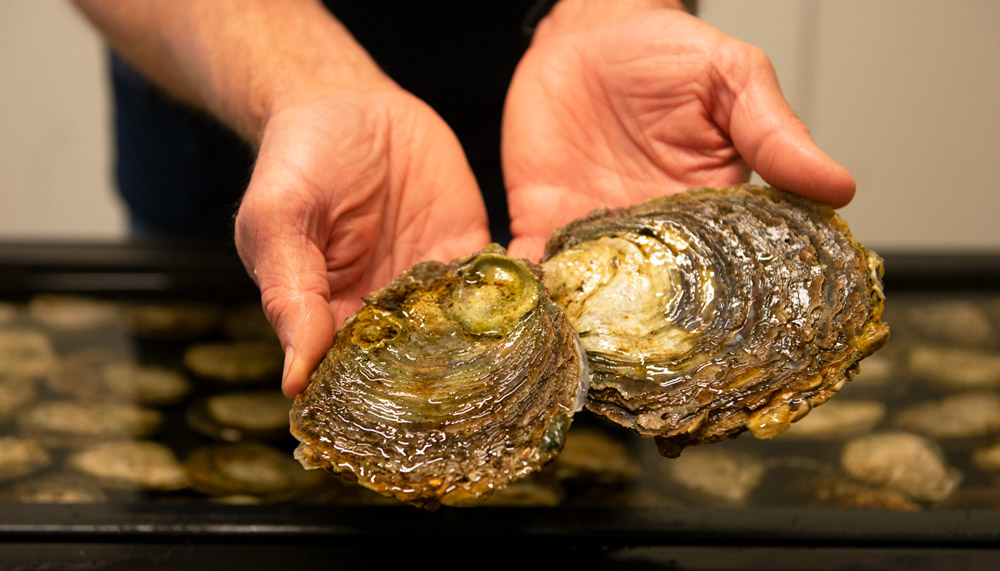Flat oyster reefs were recently re-created in St Vincent Gulf, SA, bringing back a critically endangered ecosystem and providing a boon to recreational fishers.
Story + Photos Ken Eastwood
A heatwave is on the way, with 42°C temperatures predicted, but seven million animals need to be moved more than 150km to their new homes. It’s just after 3am, and at the South Australian Aquatic Sciences Centre, senior technical officer Mark Gluis and a team of people are wrapping more than five tonnes of oyster shells in cold packing blankets and pallet wrap. “As long as they’re damp and cool, they’ll be fine,” Mark says. Clinging to the shells are millions of tiny two-month-old flat oyster spat, ready to be distributed over 20ha of new reef 1km off the coast of Ardrossan, on the Yorke Peninsula. They are the pinpricks of hope in restoring an oyster reef ecosystem that has been almost extinct for more than 100 years.
From Ardrossan, the oyster shells are hand-loaded onto a vessel, and as the sun and temperature rises, are dropped in lots of 7–20 big bags onto limestone reefs that were created a year before. Sitting at depths of 8–10m, the 150 separate reefs collectively known as Windara Reef were built from barges filled with footy-sized limestone rocks, in lines 1–2m wide and 10–35m long. Over the past year, the reefs have begun attracting and housing a range of marine creatures – including free-floating oyster larvae – but the stars of the show are here now. Over the next 24 hours, divers will take the bags and distribute the oyster shells by hand at a rate of 30–40 per square metre.
Mastermind of this $3.7 million project is Anita Nedosyko of The Nature Conservancy, who is leading an ambitious plan to restore 60 natural oyster reefs around Australia over six years. Reefs have been created in Port Phillip Bay, Vic, and Albany, WA, and in 2020 more reefs will be established off Noosa, Qld, and Adelaide, with others planned near Perth.
This story excerpt is from Issue #129
Outback Magazine: Feb/Mar 2020










